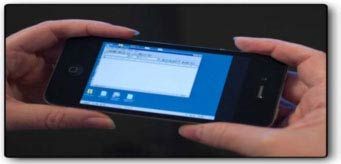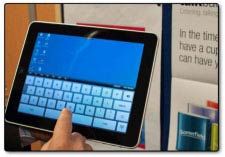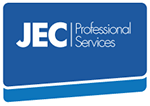Bring your Own Device’ (BYOD) is one of the most talked subjects in IT. With BYOD, employees are allowed to bring their own device (smart phone, tablet and laptops) and connect them to the corporate network and company services and use them for their work. Employees often feel more comfortable using their own devices, especially when they are superior to the equipment provided by their employer. In the United States some 46% of businesses already allow their staff to use personally owned PCs as their primary work device. Indeed Gartner, the information technology research and advisory company, expects half of all employers will require employees to supply their own devices for business purposes by 2017.
To date the benefits of BYOD are mainly focussed on choice and convenience for employees and cost savings for employers but there are potentially much greater gains from introducing radical new ways of working that BYOD enables. In fact, I would argue that Bring Use Your Own Device is already an out-of-date concept as implies an office-based culture. Use Your Own Device (UYOD) would be a more appropriate term, as this would include the large amount of work now done outside of the office.
Connected lifestyle
While portable devices enabled remote working, at locations away from the office, it was the original BlackBerry device that caused a significant time shift in working behaviour. Although corporately owned, many employees have regarded the BlackBerry as personal devices. It enables people to conveniently send, and reply to, emails at any time from any location, or on the move without the need to lug a laptop around or seek out a Wi-Fi connection. Catching up on emails in quiet moments, outside of normal working hours, has become quite commonplace. It suits employees as outstanding tasks can be quickly dealt with there and then, while managers can obtain prompt responses to their enquiries. The working day, as far as email traffic is concerned, has become stretched to cover evenings and weekends.

As lighter weight BYOD personal devices, such as tablets and powerful smart phones, are easy to carry, they are nearly always to hand and have become an essential part of our modern lives. As a consequence we have ready access to business, as well as personal, information and systems -within the space of a few minutes we can check our organisations latest business figures, the weather forecast or find a good restaurant. This ready access to information offers greater choice in the way we work. As well as mixing personal and business information on the same device many people are now mixing their business and personal time. In this new way of working, sometimes called a connected lifestyle, work-life balance becomes work-life integration.

Consultants, and other self-employed professionals have pioneered this new way of working.Often choosing to work at evenings and weekends and substituting some weekday time for social activities. They have recognised the Agile Working benefits of more easily meeting deadlines and being able to address issues as and when they occur.
Challenges
Managing this trade-off is a challenge for employers and employees. For employees the trade-off for more flexibility in working time is accepting greater responsibility in meeting work commitments. For employers the trade-off for staff becoming more responsible and responsive is adopting a relaxed attitude to when staff choose to work. This new way of working cuts across established HR practices such as defined working hours and annual leave entitlement.
In reality many employed senior professionals and managers already enjoy considerable discretion in when and where they work and are measured on outcomes and the quality of their work. This trend can only grow and spread to many more staff. Organisations need to smell the coffee. To obtains the benefits of this new way of working they will need to develop Agile Working strategies to address the people, processes and technology opportunities and issues.
As we have learned from other forms of flexible working this quite radical change is likely to be resisted. It will need a careful transition. Running facilitated workshops for managers and staff to introduce the concept and examine the practicalities would be a good start.

